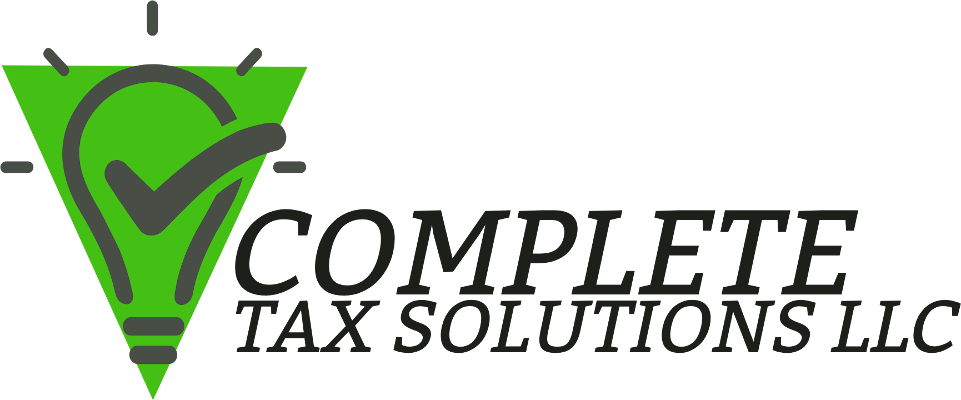There are a lot of reasons why you might make improvements that improve the energy efficiency of your home. They are good for the environment, they can make your home more comfortable, and new equipment can be less prone to breaking down. To this list, you can also add tax credits that can make these improvements more affordable.
The Inflation Reduction Act of 2022 expanded the amounts and types of energy efficiency expenses that can qualify for home energy tax credits. If you are considering energy improvements to your home, it’s worth knowing which credits you might qualify for.
What you need to know
You can claim the Energy Efficient Home Improvement Credit and the Residential Clean Energy Credit for the year in which qualifying expenditures are made.
Homeowners who improve their primary residence will find the most opportunities to claim a credit for qualifying expenses. Renters may also be able to claim credits, as well as owners of second homes used as residences. Landlords cannot claim this credit.
Energy Efficient Home Improvement Credit
If you make qualified energy-efficient improvements to your home after January 1, 2023, you may qualify for a tax credit of up to $3,200 for the tax year in which the improvements are made.
As part of the Inflation Reduction Act, beginning January 1, 2023, the credit equals 30% of certain qualified expenses:
- Qualified energy efficiency improvements installed during the year which can include things like:
- Exterior doors, windows and skylights.
- Insulation and air sealing materials or systems.
- Residential energy property expenses such as:
- Central air conditioners.
- Natural gas, propane or oil water heaters.
- Natural gas, propane or oil furnaces and hot water boilers.
- Heat pumps, water heaters, biomass stoves and boilers.
- Home energy audits of a main home.
The maximum credit that can be claimed each year is:
- $1,200 for energy property costs and certain energy efficient home improvements, with limits on doors ($250 per door and $500 total), windows ($600) and home energy audits ($150).
- $2,000 per year for qualified heat pumps, biomass stoves or biomass boilers.
The credit is available only for qualifying expenditures to an existing home or for an addition or renovation of an existing home, and not for a newly constructed home. The credit is nonrefundable which means you can’t get back more from the credit than what is owed in taxes and any excess credit cannot be carried to future tax years.
Residential Clean Energy Credit
If you invest in energy improvements for your main home, including solar, wind, geothermal, fuel cells or battery storage, you may qualify for an annual residential clean energy tax credit. You may be able to claim a credit for certain improvements other than fuel cell property expenditures made to a second home that you live in part-time and don’t rent to others.
The Residential Clean Energy Credit equals 30% of the costs of new, qualified clean energy property for a home in the United States installed anytime from 2022 through 2033.
Qualified expenses include the costs of new, clean energy equipment including:
- Solar electric panels.
- Solar water heaters.
- Wind turbines.
- Geothermal heat pumps.
- Fuel cells.
- Battery storage technology (beginning in 2023).
Clean energy equipment must meet the following standards to qualify for the Residential Clean Energy Credit:
- Solar water heaters must be certified by the Solar Rating Certification Corporation or a comparable entity endorsed by the applicable state.
- Geothermal heat pumps must meet Energy Star requirements in effect at the time of purchase.
- Battery storage technology must have a capacity of at least 3 kilowatt hours.
The credit is available for qualifying expenditures incurred for installing new clean energy property in an existing home or for a newly constructed home. This credit has no annual or lifetime dollar limit except for fuel cell property. You can claim this credit each tax year you install eligible property until the credit begins to phase out in 2033.
This is a nonrefundable credit, which means the credit amount received cannot exceed the amount owed in tax. You can carry forward excess unused credit and apply it to any tax owed in future years.
Good recordkeeping
If you think you might be eligible for one of these tax credits, be sure to keep good records of purchases and expenses during the time the improvements are made. This will assist in claiming the applicable credit during tax filing season.
